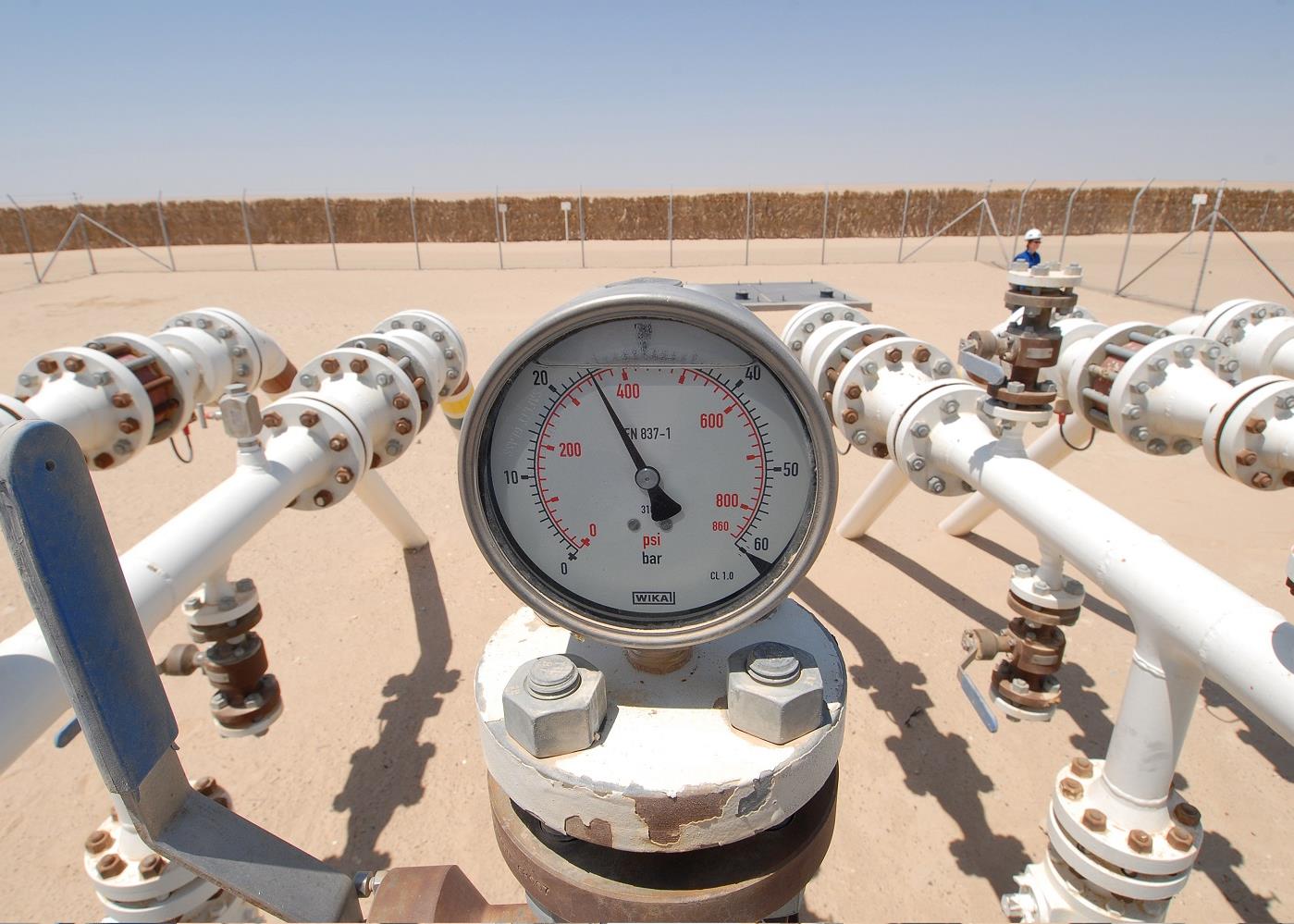

In conversation with Peter Van Gorp, associate technical director at HKA, Dubai
 Do fire and life safety (FLS) standards and technologies in the Middle East ensure risk is correctly allocated across the supply chain, or is the majority of risk still placed on building contractors?
Do fire and life safety (FLS) standards and technologies in the Middle East ensure risk is correctly allocated across the supply chain, or is the majority of risk still placed on building contractors?
The responsibilities of the different parties should be straightforward. The designer is responsible for the correct design; the contractor is responsible for delivering and constructing the fire safety systems and elements correctly as per the design specification. The material supplier is responsible for its product.
Contracts between the different parties might cause the responsibilities to become blurred and contract forms such as design and build or design, build, finance, maintenance and operate can make the responsibilities complicated.
The 2018 edition of the UAE fire code has incorporated a new chapter titled ‘Responsibilities of Stakeholders’. This chapter defines the responsibilities of the client/owner, designer/consultant, contractor, equipment supplier and maintenance company, among others.
While responsibilities defined in the contracts between various parties can still deviate from the responsibilities mentioned in the code, the UAE fire code can become a powerful tool for the various parties to negotiate properly and balance responsibilities in their contracts.
Specific to the subject of contractors taking the majority of risk, the UAE fire code now says that contractors' shop drawings need to be approved by the consultant and submission of the drawings should be done by the consultant.
Although the reality is still different – consultants tend to push contractors to obtain approval through specialist fire engineering consultants – the UAE fire code is clear and it should only take a matter of time and enforcement from the authorities to implement the rules.
 Given the prevalence of high-rise fires in certain regional markets, is the frequency with which FLS codes are updated and adherence to potentially outdated guidelines an issue?
Given the prevalence of high-rise fires in certain regional markets, is the frequency with which FLS codes are updated and adherence to potentially outdated guidelines an issue?
Codes and standards have already been in place for extended periods of time, in some instances even decades; however, most are subject to regular review and updating.
International codes such as the US-based National Fire Protection Association’s standards are updated every three years. The UAE fire code and other GCC codes are based on international standards and practices.
In my opinion, the focus should be on correctly implementing FLS codes. It must be said that huge steps have been taken in this regard already.
Specific to operability and maintainability however, I still see room for improvement. Fire safety systems need to be tested and maintained at regular intervals. The types of tests and maintenance to be carried out are described in detail in the codes and standards.
However, I have seen fire protection system configurations where testing or maintenance is never done for the simple reasons that it is too difficult to perform the testing, or management does not set aside the resources to ensure it is carried out.
Verification of the design and specification by the different stakeholders is improving, though the operability and maintainability aspect is often still overlooked. Like all systems, fire safety systems that are not maintained properly or are not tested frequently will end up not working.
How can the fire engineering team’s role be expanded to mitigate risks?
As a fire engineer, I am always advocating the involvement of fire engineers from the initial stages of a project through construction right up to handover. However, the issue is to find the appropriate fire engineer.
Fire engineering and fire safety has many aspects and there is no fire engineer in the world who is fully knowledgeable on all fire safety items. For example, there are fire engineers who know everything about fire doors or passive fire protection, but don’t know anything with regards to sprinklers, fire pumps or fire detection and alarm systems.
Having a dedicated senior fire consultant with the relevant qualifications and broad experience on the job would be a first step. This could be included in the contract.
Also in the oil and gas industry, I often see fire safety issues arising due to the fact there are a lot of specialists engaged on projects, but not a fire engineering expert. Typically, in oil and gas you will find structural, piping, instrument, electrical, rotating equipment, and health, safety and environment engineers on a project.
Fire safety knowledge is required in all of these disciplines. This is where problems can arise, as the fire safety becomes fragmented over various disciplines and the fire safety overview disappears.
Click here to visit HKA
Published in partnership with

You might also like...

Rainmaking in the world economy
19 April 2024

Oman receives Madha industrial city tender prices
19 April 2024

Neom seeks to raise funds in $1.3bn sukuk sale
19 April 2024

Saudi firm advances Neutral Zone real estate plans
19 April 2024
A MEED Subscription...
Subscribe or upgrade your current MEED.com package to support your strategic planning with the MENA region’s best source of business information. Proceed to our online shop below to find out more about the features in each package.






